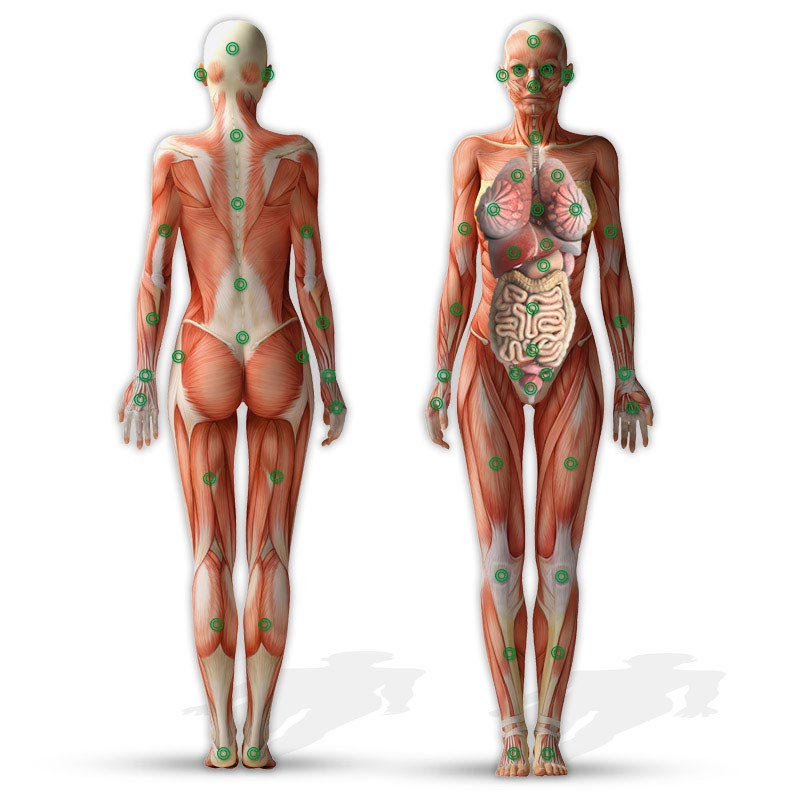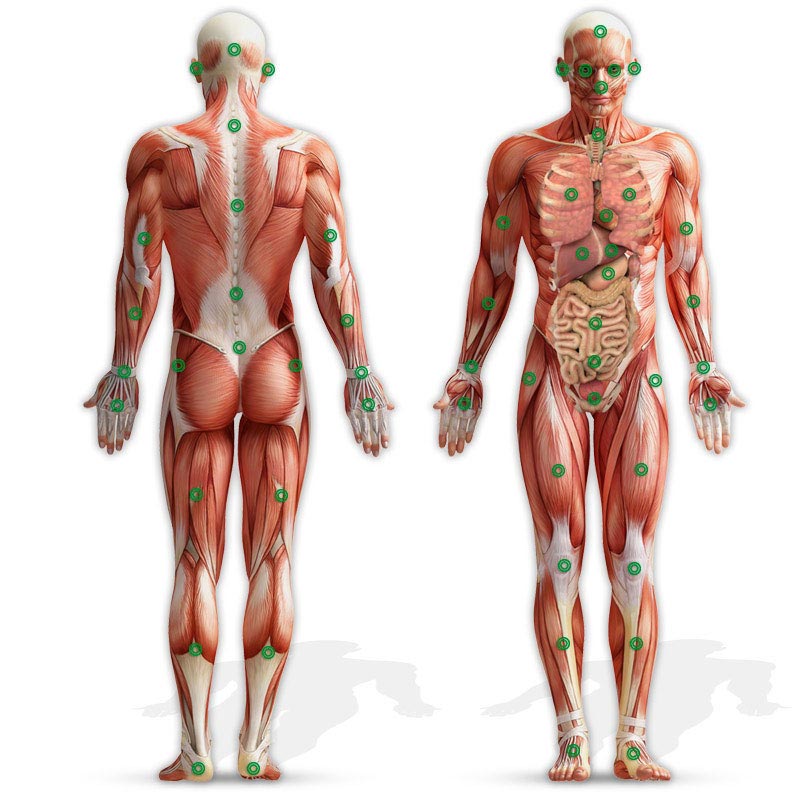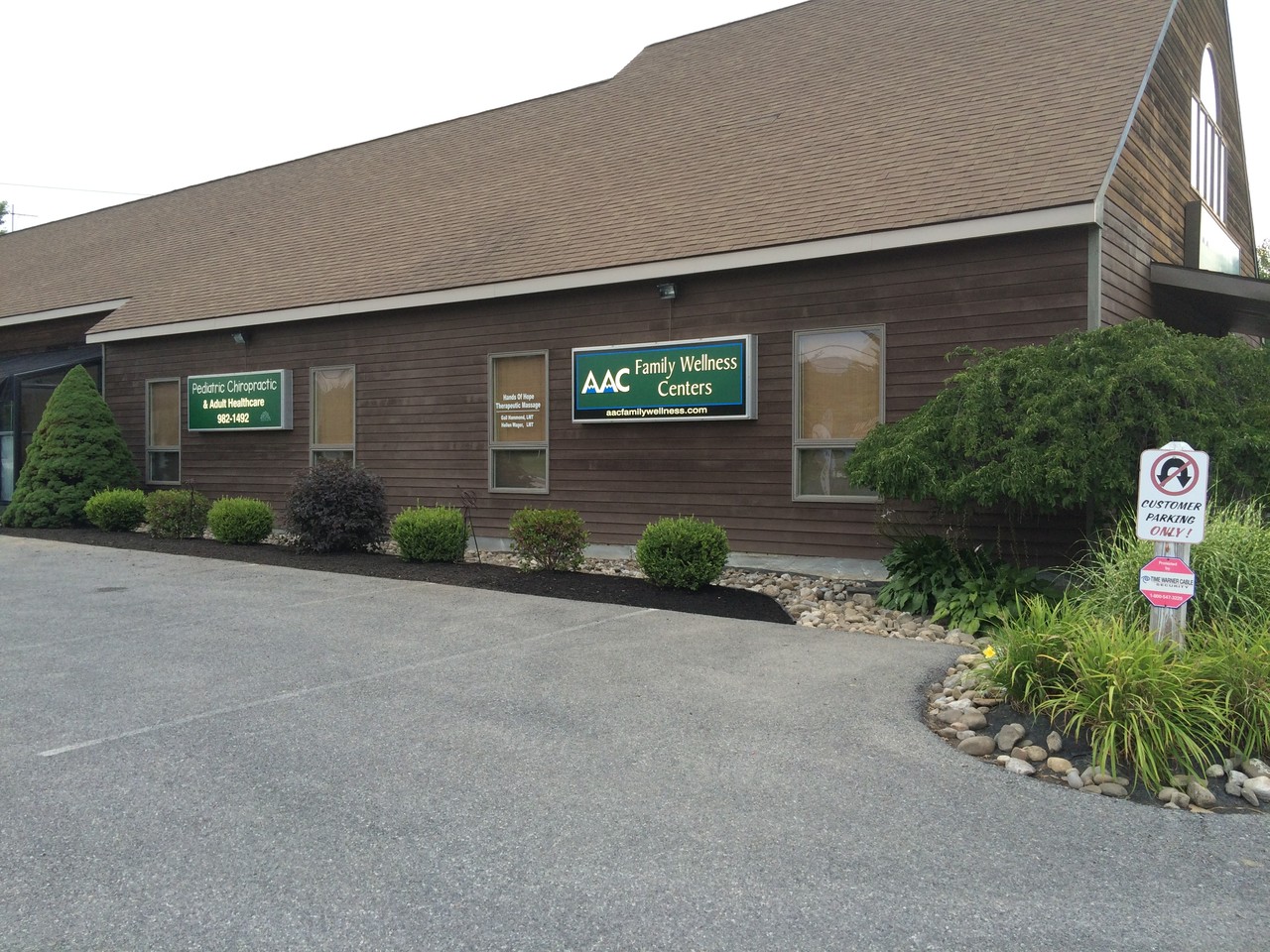Chiropractic Care Reduces Opioid Usage in Military Personnel with Low Back Pain
Print Article

The Journal of General Internal Medicine published a study on May 20, 2025, with the title "The Impact of Chiropractic Care on Opioid Prescriptions in Veterans Health Administration Patients Receiving Low Back Pain Care."
The authors of this study begin by reporting on why the Veterans Administration is interested in non-drug approaches to back pain. "Since the start of its Opioid Safety Initiative (OSI) in October 2013, through its current Pain Management Opioid Safety and Prescription Drug Monitoring Program (PMOP), the Veterans Health Administration (VA) has been working to embrace a culture of effective pain treatment while reducing the risks associated with long-term opioid therapy."
The study reports that low back pain (LBP) is the most common reason veterans seek healthcare services through the VA. VA medical facilities have been offering chiropractic care since 2004 in certain facilities. However, the study also reports that the only 4.1% of veterans seek chiropractic services while 11-14% of the general population seek chiropractic care. This potentially speaks to restrictions or barriers to receiving chiropractic care in the VA system.
The authors note that other studies have shown chiropractic care has decreased the needs for other forms of care. They state, "Prior observational studies outside VA have shown that patients receiving chiropractic visits for LBP tend to subsequently use less of other healthcare services such as advanced imaging, therapeutic injections, and pharmacological therapies, including opioids."
Researchers reviewed the records of patients from 2015 to 2020, who went to a VA facility for lower back pain. Patients were excluded from the study if they only went to the VA for one visit for LBP, or if they received an opioid prescription within 180 days prior to their study timeframe.
The patient records were organized into two groups. One group was called the "Chiropractic users" and the other group was referred to as "Chiropractic non-users". After removing cases that did not fit the study parameters, the researchers reviewed the records of 128,377 veterans that did meet the study criteria. This included 7327 (5.71%) chiropractic care users and 121,050 (94.29%) non-chiropractic patients.
The researchers then compared these two groups looking to see the rate of new opioid prescriptions for patients in each of the groups. The results showed a statistically significant reduction in opioid prescriptions filled by those LBP under chiropractic care as compared with those that did not receive chiropractic care.
In the discussion section of the study the authors wrote, "Our results add to the existing literature showing an inverse relationship between receipt of chiropractic care and receipt of opioid prescriptions among patients with LBP in private sector and VA Populations." They concluded, "The results of this study show that nonpharmacologic chiropractic care can be an important component of opioid sparing strategies for VHA patients with LBP."
Print Article



